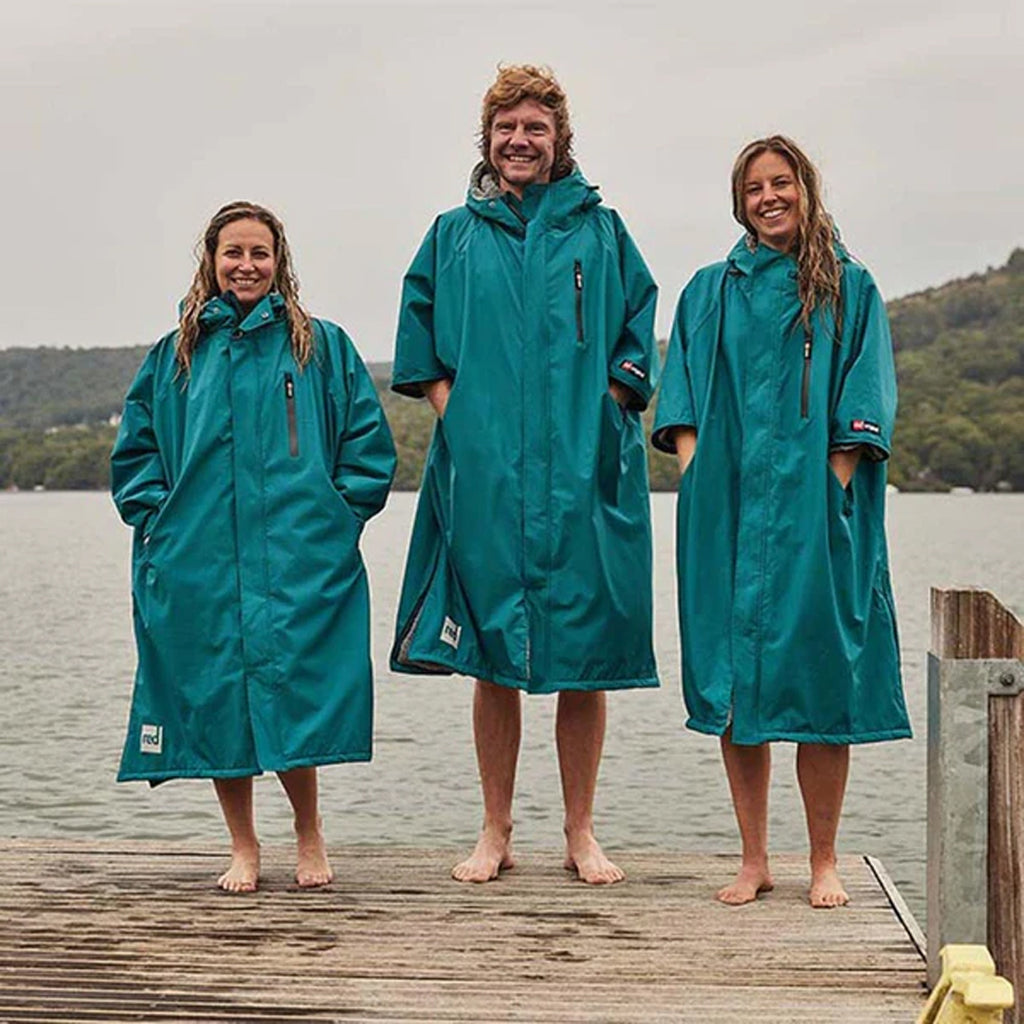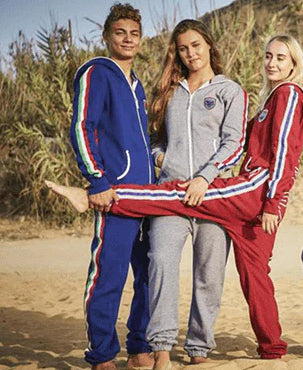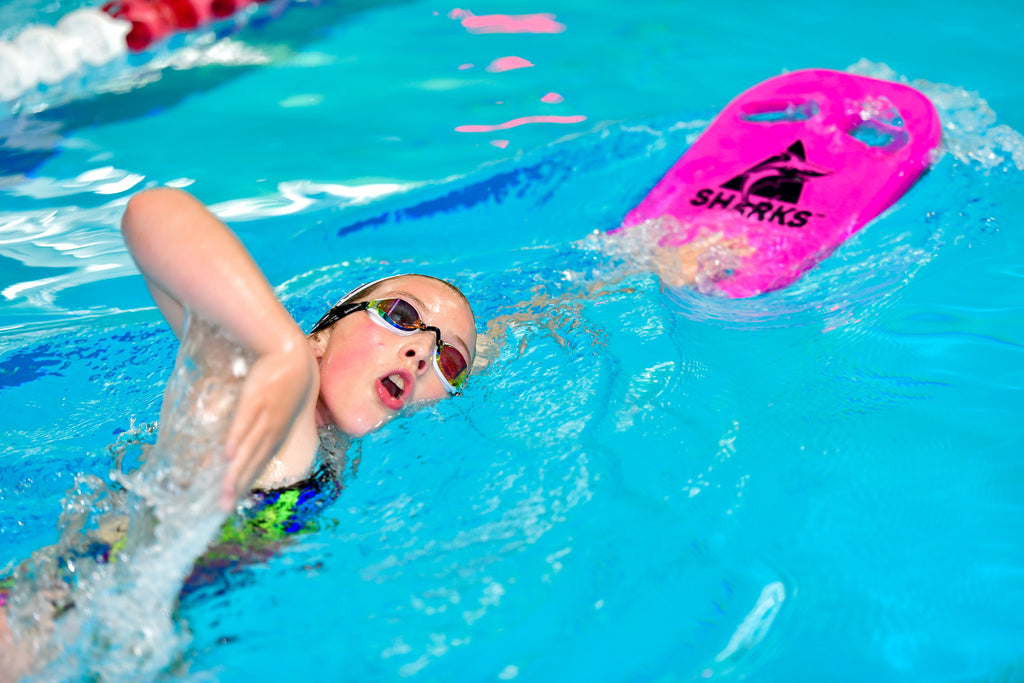Tips to Beat the Heat when Racing in Hot Weather
 As the UK enjoys unprecedented hot weather, runners and people taking part in outdoor sports or races need to be mindful of these conditions and triathletes in particular. There are a number of strategies you should take into account to ‘beat the heat’ and the most important are ensuring you are hydrated to maintain your body water store, take the opportunity to cool down whenever you can and minimise exposure to the heat.
As the UK enjoys unprecedented hot weather, runners and people taking part in outdoor sports or races need to be mindful of these conditions and triathletes in particular. There are a number of strategies you should take into account to ‘beat the heat’ and the most important are ensuring you are hydrated to maintain your body water store, take the opportunity to cool down whenever you can and minimise exposure to the heat.
To help you to achieve the best results in hot weather, the team at Sharks Swim Shop have come up with top tips to ensure you achieve maximum performance despite the temperature.
Acclimatising Your Body
Your body doesn’t acclimatise to the heat overnight. Everyone is different, but on the whole, it takes an average of two weeks for your body to perform in hot weather. But with the unpredictability of the British weather, not everyone has the chance to acclimatise to soaring temperatures before a race. One thing you can do is to include sessions in a sauna for short periods of time to get your body accustomed to a high temperature. You can also train wearing more clothes than you would normally wear in a race to make your body sweat more (remember you still need to stay hydrated).
You will know that your body is ready to cope with hot weather when you feel that you don’t need to put in as much effort as you had in the previous weeks when training.
Keeping Hydrated
One of the main reasons that we struggle when racing in the heat is that as our core body temperature rises, then we sweat more which in turn means we are losing water (our inbuilt cooling agent) from the body.
In addition to increasing the amount of water you drink when training in hot weather, you should also introduce additional resources to your diet including electrolyte-rich fluids including sodium and glycerol which will help to increase the amount of water the body will hold.
Triathletes should use the bike leg of the race to take in the electrolytes and additional water. This is because it’s easier to ingest more with the additional stability that the bike offers, leaving you well hydrated ahead of the run.
Pre-cooling the body
It’s also a good idea to pre-cool your whole body before you start a race as, by cooling the muscles before you start, means your body temperature will be a lower point from the onset. With lower body temperature, you will not warm up as quickly as your muscles won’t be producing as much heat.
All you need to do to cool those muscles down is to position ice packs at key points around your body pre-race including your legs, neck and torso.
Again, if you’re a triathlete, you should use the bike section of the race to cool down by slipping ice packs into your tri-suit.
Eliminate the warm up
Instead of warming up in the usual way by running or walking before a race, slow this right down by doing some simple stretches or band work instead to loosen the muscles. You should also start the race slowly to give your body time to acclimatise to the temperature and then up the pace when you feel your body is ready.
Sweat Drenched Clothing
If possible, you should avoid running in sweat drenched clothes and you most definitely shouldn’t go from the bike to the run in sweaty clothes. Ideally, you should be wearing a tri-suit made from wicking material which is constructed to dry quickly.
If you don’t have wicking clothing, then during the transition time you should change into dry kit to minimise the amount of heat your body has built up during the cycle race.
Sharks Swim Shop
 We hope you found these tips for racing in hot weather helpful. We’ve also prepared a triathlon check list that you can download here. This check list is designed to ensure you are fully prepared for the race and that you have the correct clothing and accessories to achieve the best performance possible.
We hope you found these tips for racing in hot weather helpful. We’ve also prepared a triathlon check list that you can download here. This check list is designed to ensure you are fully prepared for the race and that you have the correct clothing and accessories to achieve the best performance possible.







